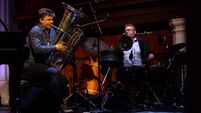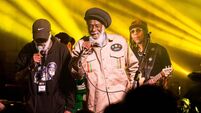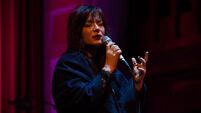Aisling Gheal: Dreams and efforts pay off as sean-nós singing flourishes in Co Cork
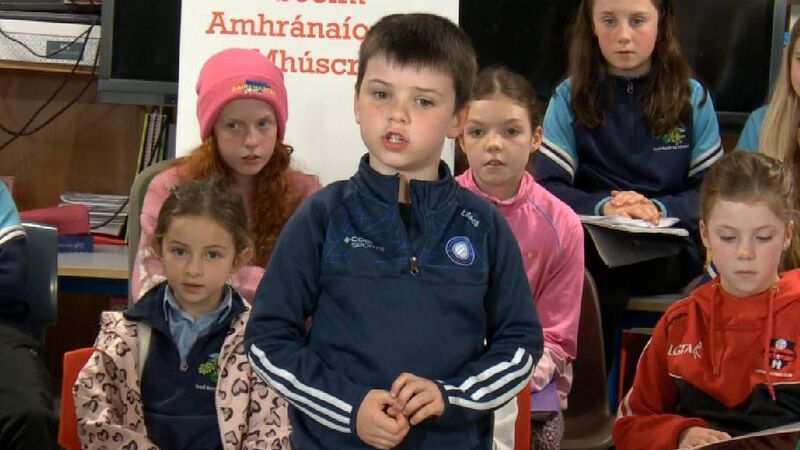
Liam Mac Suibhne, a pupil of Scéim Aisling Gheal, sings during filming of Aisling fé Bhláth.
The past faced the future at the turn of the millennium. Sean-nós singing, traditionally imbibed unconsciously by each new generation at home and in the local community, faced the same challenges of organic cultural transmission as the Irish language itself.
In the digital age, reliance solely on informal aural methods of handing down unaccompanied solo singing as Gaoluinn was becoming untenable as a means of ensuring its widespread survival.
In Cork’s Múscraí Gaeltacht, where the tragic loss of one of its brightest sean-nós stars Diarmuid Ó Súilleabháin in 1991 was still raw, an Éigse festival established in his memory helped crystallise appreciation for the local singing tradition into a realisation that for it to continue to flourish, decisive action was needed.
In 2000 a Múscraí sean-nós singing scheme was founded with Máire Ní Chéileachair, initially a singer in residence, as its first teacher. It took its name, Aisling Gheal (bright vision/dream), from a song revived by Seán Ó Riada, from the Freeman Collection of Baile Mhúirne songs.
“The tradition of writing poetry, singing songs, and putting poetry to music is a very ancient one in Gaeltacht Mhúscraí and I think there was a recognition 25 years ago that we needed to do something fairly serious, organised, and structured to make sure that the beautiful local tradition that was unique to Múscraí was preserved and passed on to the next generations,” says Aisling Gheal cathaoirleach Gobnait Ní Chrualaoí. “It was a recognition that if we don’t do something very quickly, we’re going to lose it.
“There was a huge amount of goodwill and people in the right places at the right time and it all came together like the perfect storm,” she adds. “You had a teacher available and Rachel Ní Riada and Eibhlín de Paor from Údarás na Gaeltachta were able to tap into a funding source to support the engagement of Máire Ní Chéileachair as a teacher who was capable of ensuring that the foghraíocht [phonetics], the canúint [dialect], the understanding of the songs, the history of the songs, was imparted to the children of ceantar Mhúscraí.”
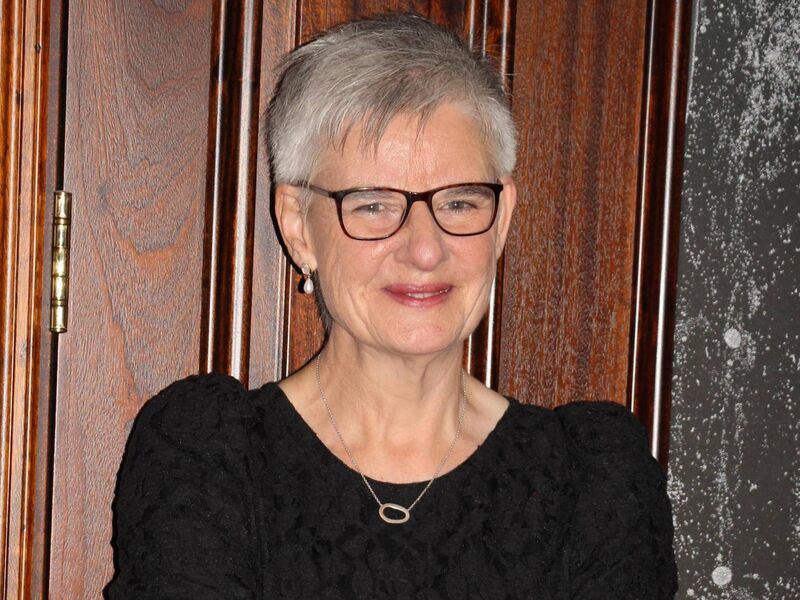
Crucial to the scheme’s development was the willingness of local national schools to welcome Aisling Gheal’s teachers into their classrooms, singers Eilís Uí Shúilleabháin, Eibhlís Uí Thuama, Seosaimhín Uí Chuilleanáin, and Seosamh Ó Críodáin over time joining Máire Ní Chéileachair, who began tutoring teenage singers at Coláiste Ghobnatan in Baile Mhúirne.
“The number of young people singing in ceantar Mhúscraí has multiplied in that 25 years,” says Ní Chrualaoí. “Of note within those would be Nell Ní Chróinín, who won Corn Uí Riada [premier sean-nós singing prize at Oireachtas na Samhna] – the first person from Múscraí to win it in about 50 years.
“The last person from Múscraí to win [the competition] was Peaití Thaidhg Pheig in the early 60s and my mother won it before him in 1951. Nell won it in 2014, followed by Conchubhar Ó Luasa in 2017 and Máire Ní Chéileachair in 2018, so we had a bit of a famine, followed by a feast where we had three local people winning it.
“That in itself would suggest that Aisling Gheal had a fairly powerful impact in a relatively short space of time,” adds Ní Chrualaoí, whose mother Máire Ní Cheocháin Uí Chrualaoí, an adjudicator at Corn Uí Riada in the 1980s and 90s, was a member of Acadamh Fódhla, the Gaeltacht academy founded by Peadar Ó Riada, its sean-nós singing faculty providing research support to Aisling Gheal’s teachers.
While 2025 sees Scéim Aisling Gheal celebrate 25 years, it also marks the retirement of its first teacher, Gradam Ceoil winner Ní Chéileachair, who in researching Múscraí’s songs “would always have gone back to the tobar, to the well”, says Ní Chrualaoí.
“She was the conduit, the link between young singers and the people who were no longer in a place where they could pass on the songs. She was very conscientious about being as true as she could to the tradition and very díograiseach [diligent] – but she didn’t claim to know it all.
“She’s a teacher by profession, and that’s important. There’s a methodology around how to learn a big song with six or seven verses; the words, the music, and there’s a lot involved in teaching a person how to sing a song, maybe in a language that’s not their first language.”
Though Ní Chéileachair’s retirement will be keenly felt, Aisling Gheal’s quarter-century of nurturing Múscraí’s young singers is bearing fruit, giving cause for optimism for the years ahead, adds Ní Chrualaoí.
“I’m hopeful for the future because of the legacy she has left after her, that there’s enough people that she has taught and have regard for [the tradition] and have learned enough to step into her shoes.”
Some of those singers will be numbered among the large Múscraí contingent travelling North this week as Oireachtas na Samhna takes a sojourn in Belfast, distance no deterrent to the many Cork competitors, from under nine level right up to Corn Uí Riada.
The Oireachtas also hosts Thursday’s screening of a new documentary celebrating Aisling Gheal’s first 25 years, its title Aisling fé Bhláth reflecting the flourishing of this vision for the singing tradition’s future.
See: antoireachtas.ie


